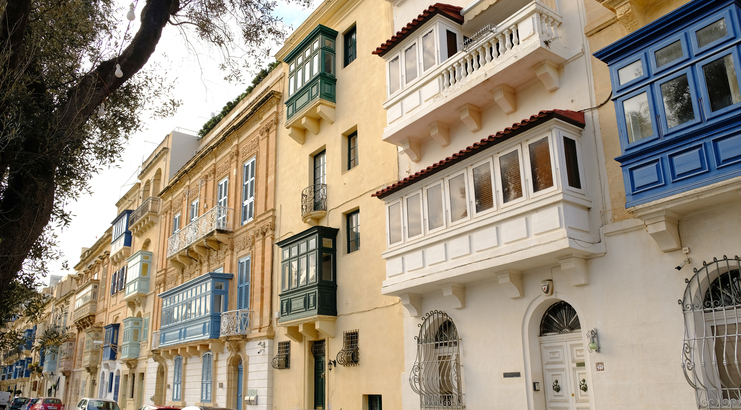Anyone searching for an affordable two-bedroom apartment in Malta will find their options limited, as only nine localities in Malta offer an average rent of €800 or less for such properties.
Unsurprisingly, the highest rental prices are found in the North Harbour region, encompassing localities such as Sliema, St Julian’s, Gżira, San Ġwann, Swieqi, and Ta’ Xbiex, where average rents exceed €1,000. St Julian’s tops the list with an average rent of €1,350.
Localities in Malta where average rents hover around €800 include Għaxaq, Żabbar, Żebbuġ, Xgħajra, Mqabba, and St Paul’s Bay. However, more unexpectedly, the average rent in both Kalkara and Safi surpasses the €1,000 threshold.
Birżebbuġa and Marsa have the lowest average rents in Malta at €700. Meanwhile, in Gozo, the most affordable localities are Munxar and Żebbuġ, with an average rent of €650. The highest average rents in Gozo are found in Xagħra (€817) and Nadur (€825), while Rabat, Għajnsielem, and Xewkija maintain average rents at €700.
This data stems from the Housing Authority’s (HA) newly launched rent calculator, an innovative tool that provides prospective tenants with the means to better evaluate average rental prices.
The HA also introduced a user-friendly dashboard that presents rental data in a visual format for ease of understanding and analysis. Freely accessible via the Authority’s website, this dashboard allows users to view average and median rent by property type, size, and locality (or region).
The current data reflects contracts registered in the first half of 2024. For instance, in St Paul’s Bay—the locality with the highest number of registered rental contracts—the median rents for one-, two-, and three-bedroom apartments stand at €650, €800, and €900, respectively. This dashboard will be updated biannually with each new rent publication.
While the market rents displayed in the dashboard serve as a benchmark for typical prices by type, size, and location, it is important to note that they may not capture the full range of variations between properties. Rents for properties of similar size can differ significantly within the same locality due to factors such as the quality of the finishes, available amenities (e.g., views), and the surrounding neighbourhood. Consequently, the actual rent of properties with similar characteristics may vary from the averages presented.
Despite these limitations, the rent calculator is still considered a reliable benchmark for market rates and serves as a valuable tool for price comparison.
The dashboard also visualises other important data, such as the most popular localities for rentals, the number of active contracts, the growth rate of registered leases, and detailed statistics on the type and size of rental dwellings. This initiative underscores the HA’s commitment to fostering price transparency in the private rental market. Such transparency, already commonplace in countries like the UK, aims to improve market efficiency and benefit both tenants and landlords.
For tenants, access to recent market rates can inform decision-making, helping them determine whether a property is fairly priced and within budget. This is especially beneficial for newcomers, such as foreign workers, who may not be familiar with the local market and could be vulnerable to paying excessive rents. Informed access can streamline the property search process and reduce associated costs.
Landlords, on the other hand, are encouraged to set competitive prices. Overpriced properties may deter tenants, who could opt for more reasonably priced alternatives. This competitive environment ensures that rental prices align with property value and market conditions.
By promoting transparency, the dashboard helps bridge the information gap between landlords and tenants, facilitating fairer transactions and reducing instances of negotiation conflicts. This can build trust and foster positive relationships between both parties.
Zampa Debattista’s overview on Malta’s 2025 Budget: Fiscal relief, social support and environmental goals
Budget 2025 at a glance, as explained by Zampa Debattista
Energy subsidies for 2025 are set to cost half the amount set aside for 2024
A reduction in the subsidy monetary 'burden' comes as a natural response to lower energy prices
Companies contributing 36% of Government’s income tax
Non-financial and financial corporations contributed 18.9 per cent and 17.1 per cent respectively






